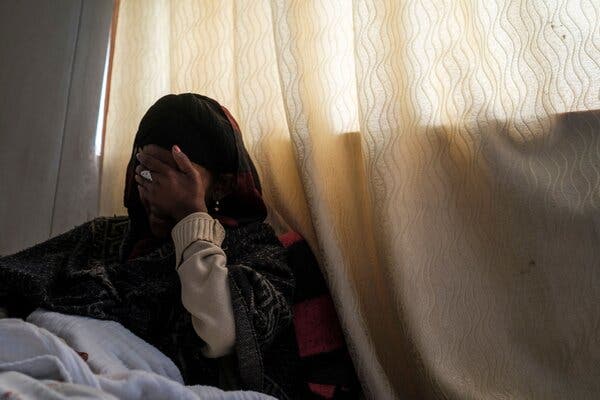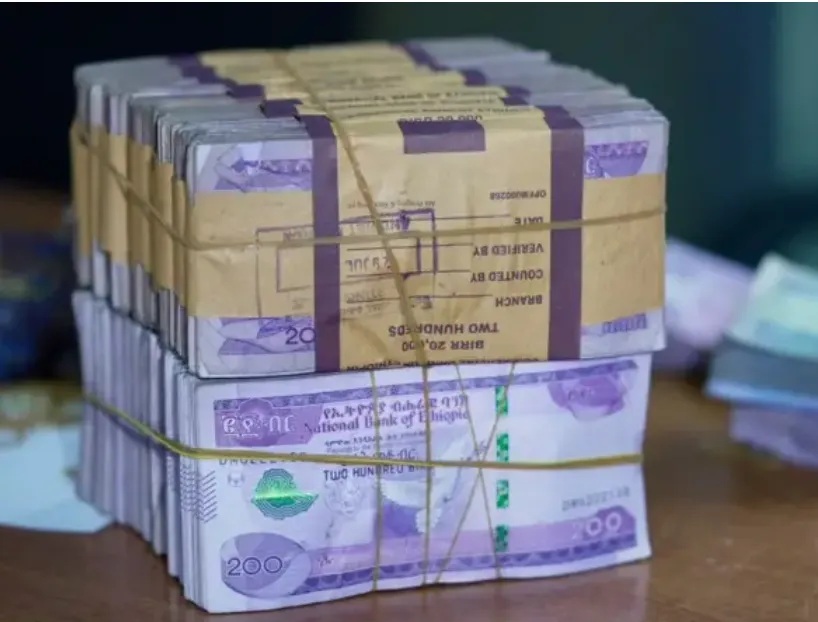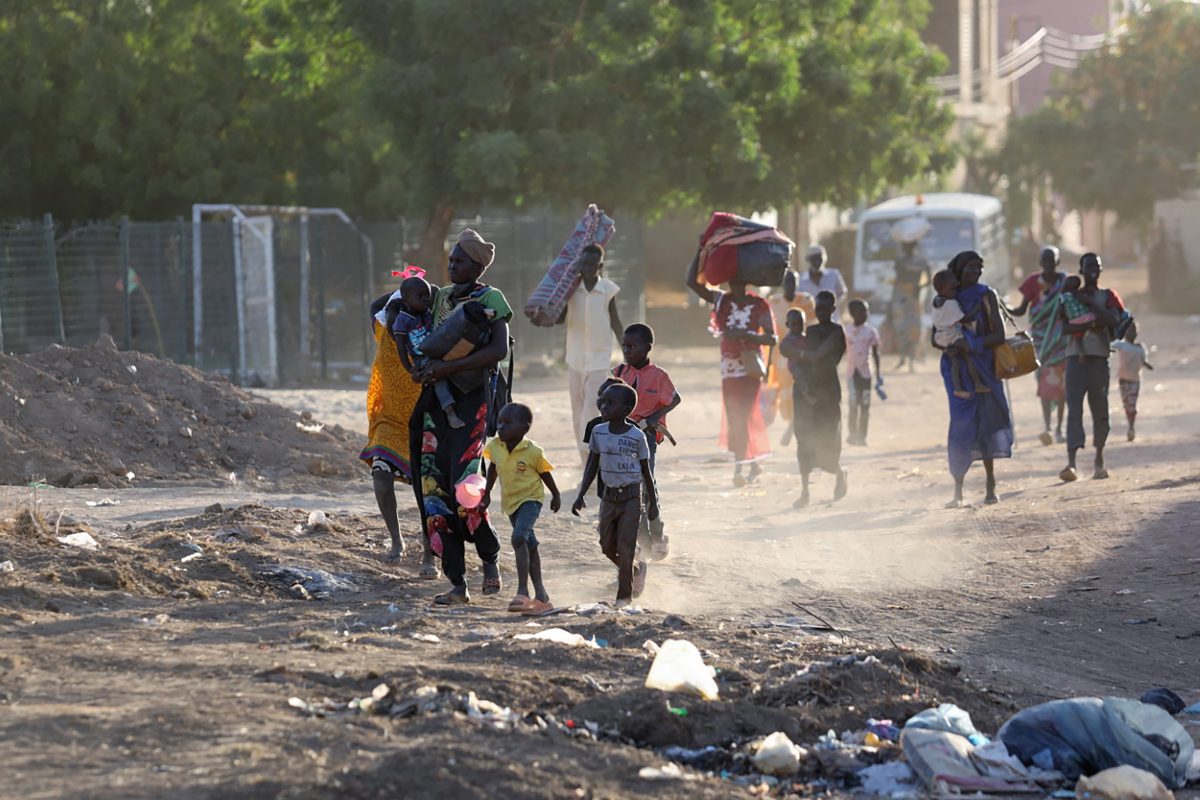By Sumur Tsehaye
An investigative report has accused Ethiopian and allied forces of carrying out a campaign of systematic sexual violence against Tigrayan women and girls, alleging it was used as a weapon of genocide during the two-year conflict in the Tigray region of northern Ethiopia.
Before releasing its report, the Commission of Inquiry on the Tigray Genocide (CITG) claimed to have reached over 481,000 people via interviews and a door-to-door survey.
Widespread and Organized Assaults
According to the CITG, nearly 60 percent of those surveyed; 286,250 individuals reported surviving at least one form of gender-based violence. Among them, 152,108 women and girls said they were raped during the war.
The report describes attacks of extraordinary brutality, with seven in ten rape survivors saying they were assaulted by multiple perpetrators. Some accounts describe women being gang-raped by up to 50 men.
“Over 21,000 survivors were reportedly held in captivity for weeks or months and subjected to repeated rape and torture.”
In many cases, CITG says, perpetrators inflicted sexual mutilation, inserting foreign objects such as razor blades, nails, hot metal rods, or even dead animals into victims’ bodies.
“Some survivors were forced to endure the assaults in front of family members, and others were coerced into raping relatives at gunpoint.” CITG added
Evidence of Genocidal Intent
CITG Investigators contend that the pattern of violence and the language used by perpetrators demonstrate genocidal intent.
According to the report, the violence was accompanied by verbal attacks aimed at the biological and cultural destruction of the Tigrayan people. Survivors quoted attackers who made statements like, “A Tigrayan womb should never give birth,” directly targeting their ability to have children.
In other instances, women were told, “Your womb gives birth to woyane,” conflating an entire ethnic group with the rebel forces.
“Over 89 percent of survivors said their assailants used ethnic slurs and made clear they targeted them because they were Tigrayan.” CITG emphasized
The commission also cites testimony suggesting deliberate transmission of HIV, with some perpetrators telling victims they hoped to infect them.
The findings align with statements made by international diplomats, including former EU envoy Pekka Haavisto, who said Ethiopian officials had spoken of plans to “wipe out the Tigrayans for 100 years.”
Lasting Trauma and Systemic Neglect
The report documents devastating long-term effects on survivors.
“Nearly one in five sustained serious injuries, including fistulas, broken bones, and permanent disabilities. More than 70 percent of those assessed reported severe psychological distress, and many expressed suicidal thoughts.”
According to the CITG, More than 80 percent of survivors were unable to access medical treatment, either because facilities had been destroyed or because armed forces blocked humanitarian access.
Social stigma surrounding rape has compounded the suffering, leading to divorce, rejection, and isolation for many survivors.
The report links this social breakdown to widespread economic hardship, noting that looting and displacement have left tens of thousands destitute.
Calls for International Accountability
The CITG attributes responsibility for the atrocities primarily to the Ethiopian National Defense Forces (ENDF), Eritrean Defense Forces (EDF), and Amhara regional forces, accounting for 35.8 percent, 55.6 percent, and 5.8 percent of reported cases respectively.
It dismisses Ethiopia’s ongoing transitional justice process as lacking independence and credibility, arguing that a government accused of involvement in the crimes cannot oversee its own accountability.
Instead, the commission calls on the United Nations Security Council to refer the situation to the International Criminal Court (ICC), or to establish a dedicated international tribunal. It also urges third-party states to pursue prosecutions under universal jurisdiction.
(The East African Daily)



